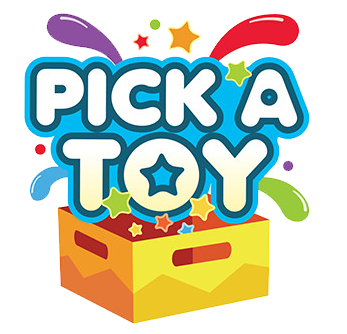Title: Sensory Play Safety: Choosing Non-Toxic and Durable Toys
Introduction
Sensory play is a wonderful and enriching experience for children, offering numerous developmental benefits. However, ensuring the safety of the toys and materials used in sensory play is of paramount importance. Parents, caregivers, and educators must prioritize non-toxic and durable toys to create a safe and enjoyable sensory play environment. In this blog, we will delve into the crucial aspects of sensory play safety and offer guidelines for choosing the right toys.
The Importance of Sensory Play Safety
Sensory play engages a child's senses, promoting cognitive, emotional, and physical development. It encourages exploration, creativity, and problem-solving skills. However, children, especially younger ones, often explore the world by putting objects in their mouths or touching them with their hands. This makes it essential to ensure that the toys and materials they interact with are safe. Here are the key reasons why sensory play safety matters:
Health and Well-being: Non-toxic materials prevent exposure to harmful chemicals, allergens, or irritants, safeguarding children's health.
Preventing Choking Hazards: Age-appropriate toys help reduce the risk of choking incidents, which is crucial for the safety of young children.
Durability: Durable toys can withstand rigorous play, reducing the risk of small parts breaking off and becoming choking hazards.
Longevity: Investing in quality sensory toys means they can be enjoyed for a more extended period, offering greater value for money.
Guidelines for Choosing Safe and Durable Sensory Toys
Check Labels: Look for age-appropriate labels on toys. These guidelines are set to ensure that toys are safe and developmentally suitable for specific age groups.
Non-Toxic Materials: Opt for toys made from non-toxic, child-safe materials. Avoid products with strong chemical odors, as these may indicate the presence of harmful substances.
Easy to Clean: Sensory materials like water beads, sand, and playdough should be easy to clean and disinfect to prevent the buildup of germs and bacteria.
Size Matters: Be cautious of small parts that could be choking hazards for young children. Always adhere to age-appropriate recommendations.
Durability: Choose well-constructed toys made from high-quality materials. Avoid toys that easily break or splinter, as these can pose safety risks.
Sensory Materials: Ensure sensory materials like slime, playdough, or finger paints are non-toxic, washable, and have been tested for safety.
Safety Standards: Look for toys that meet safety standards, such as those certified by recognized organizations like ASTM International (formerly known as the American Society for Testing and Materials) or the Consumer Product Safety Commission (CPSC).
Avoid Allergens: Check for potential allergens in sensory materials, especially if children with known allergies will be playing with them.
Supervision: Always supervise children during sensory play to ensure they are using the materials safely and not putting them in their mouths.
Examples of Safe and Durable Sensory Toys
Wooden Blocks: These are sturdy, free from toxic paints or finishes, and encourage open-ended play.
Silicone Teething Toys: Safe for mouthing, these toys offer sensory stimulation for babies.
Water Beads: These non-toxic and biodegradable beads are great for sensory exploration when used under supervision.
Playdough: Choose high-quality, non-toxic playdough that can be easily cleaned and stored in airtight containers.
Sensory Balls: Made from safe materials, these textured balls engage tactile and motor skills.
Sensory Mats: Soft, non-toxic mats with various textures provide tactile stimulation for infants.
Conclusion
Sensory play is a valuable and enjoyable way for children to learn and grow. Prioritizing safety by choosing non-toxic and durable toys ensures that sensory play remains a positive and enriching experience. By following these guidelines and being vigilant about the materials children interact with, parents, caregivers, and educators can create a safe, nurturing, and stimulating environment for sensory play. In doing so, they support children's development while keeping their health and well-being at the forefront.
